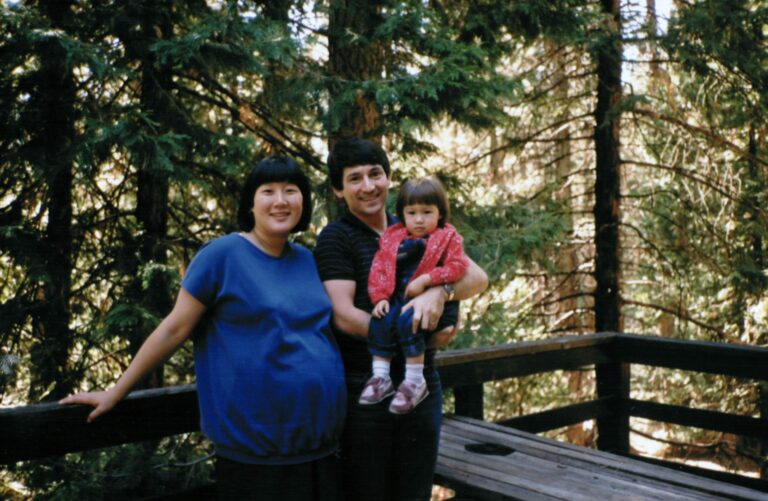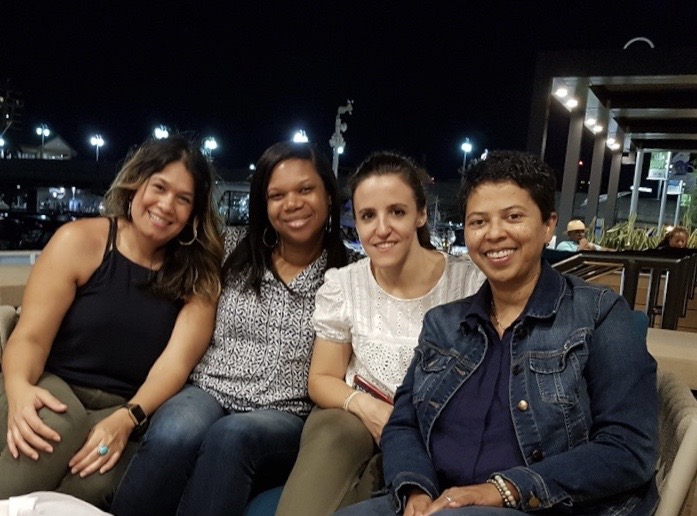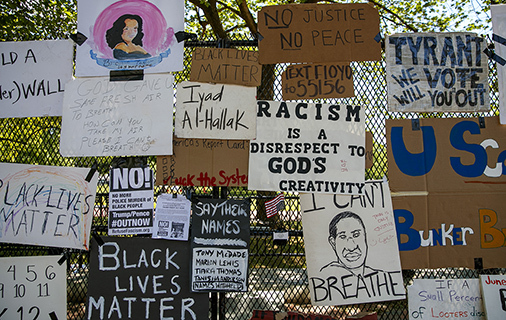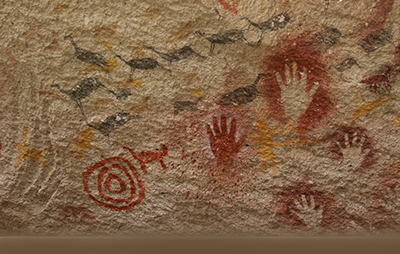
CLIR and Coherent Digital: An Idea Applied
CLIR and Coherent Digital: An Idea Applied Building Capacity through a Not-for-Profit and Corporate Partnership —by Charles Henry CLIR and Coherent Digital LLC (CD) have
Home > Re: Thinking

CLIR and Coherent Digital: An Idea Applied Building Capacity through a Not-for-Profit and Corporate Partnership —by Charles Henry CLIR and Coherent Digital LLC (CD) have

Azure J. Stewart I have always had a fascination with libraries as a space, the books, the documents, the archived texts, and the systems that

Note: this blog is reposted from the CLIR Grants & Programs Fall 2020 newsletter, released November 18. The second season of CLIR’s podcast Material Memory

—Rebecca Bayeck and Azure Stewart “Artificial Intelligence and Archives” was the inaugural webinar of the series on Emerging Technologies, Big Data & Archives, organized by

This is part one of a two-part interview with the organizers of “Capacity Assessment of Latin American and Caribbean Partners: A Symposium about Open-Access, Technological

—Charles Henry This innocent country set you down in a ghetto in which, in fact, it intended that you should perish. Let me spell out

This spring, CLIR established a new Informatics, Cultural Networks, and Knowledge Systems division. Chief Operating Officer Amy Lucko discusses the thinking behind the division’s creation

—Charles Henry Of late we have been understandably immersed in the current moment. The COVID-19 pandemic is unprecedented in our lifetime, a disruptive force that

Justin D. Shanks Around the world, libraries and archives are spaces for the collection and preservation of as well as access to important cultural heritage

—Abby Smith Rumsey CLIR’s Material Memory podcast series explores ways in which collective memory and the organizations entrusted with its stewardship are experiencing the disruptions

—By Emily Beagle I recently returned from a two-week expedition to the Arctic as part of the ClimateForce 2019 Team. This team consisted of 87

By Nicole Kang Ferraiolo and Jodi Reeves Eyre Humans are at the heart of the climate crisis. We are by no means the only species

Council on Library and Information Resources
1800 Diagonal Road, Suite 600
Alexandria, VA 22314
contact@clir.org
CLIR is an independent, nonprofit organization that forges strategies to enhance research, teaching, and learning environments in collaboration with libraries, cultural institutions, and communities of higher learning.
Unless otherwise indicated, content on this site is available for re-use under CC BY-SA 4.0 License